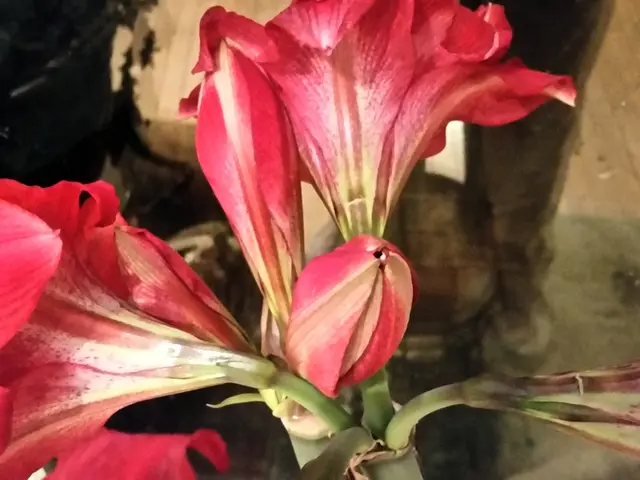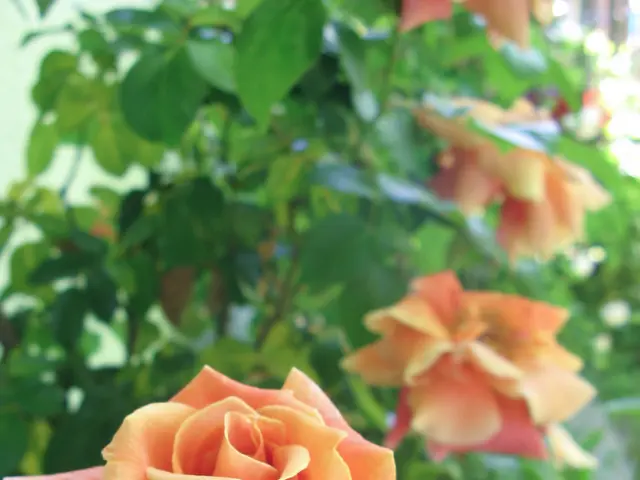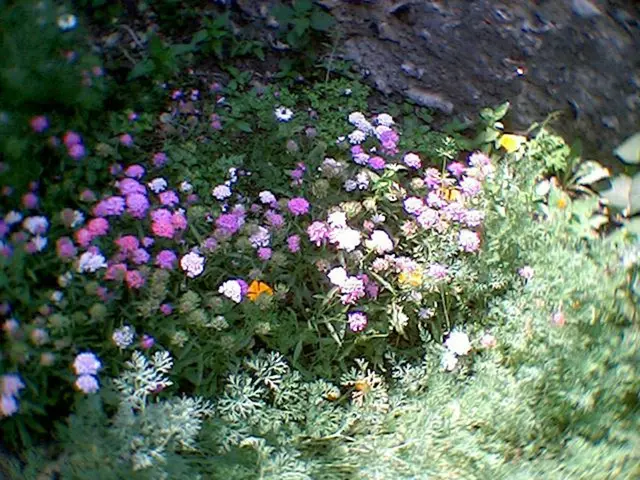Layering Techniques: A Comprehensive Guide for Creating a Thriving Terrarium
Building a terrarium is like crafting a miniature ecosystem, much like constructing a tiny home. All tiny abodes require a strong base, structural support, and a lush landscape - and terrariums are no exception! Here's a step-by-step guide to help you create your own fantastical landscape.
Let's dive into the seven essential layers that make up a well-balanced terrarium. Each layer adds to the structure, providing a perfect environment for your tropical plants to thrive. Remember, the order matters!
1. Drainage Layer - To ensure your terrarium remains dry and healthy, you'll need a robust base to regulate water flow and prevent soggy soil. A drainage layer acts as a reservoir, collecting excess water while allowing it to drain and evaporate. Using something lightweight like lava rock or LECA is ideal, as it won't crack the glass container and can absorb water to boost humidity.
2. Barrier Layer - Though often overlooked, a barrier layer is crucial to keep your drainage layer functional and free from debris. Using materials like sphagnum moss or a mesh screen can keep soil and roots from invading your drainage layer, ensuring a long-lasting terrarium.
3. Activated Charcoal Layer - Helping to remove impurities and odors, activated charcoal is a must-have ingredient in terrarium building. Choose a coarse charcoal to avoid issues with fine powder infiltrating the drainage layer. Both activated and horticultural charcoal do the trick, but activated charcoal provides better filtration.
4. Terrarium Soil Layers - Serving as the growth medium for your plants, a light, well-draining soil mix is essential for tropical plants. Opt for a custom terrarium mix that caters to your plants' needs, or try the ABG mix - another popular choice among terrarium enthusiasts. The thickness of this layer depends on your plants, allowing space for roots to grow and accommodate the largest roots.
5. Hardscape Layer - Add some flair to your terrarium with decorative elements like rocks, driftwood branches, or crystals. These features can add depth, stability, and creative planting opportunities to your mini ecosystem.
6. Plant Layer - Time to introduce your tropical plants to their new home! Begin with your larger and most significant plants, placing them in key viewing spots. Mosses typically come last, covering exposed earth for a more natural look.
7. Decorative Layer - The finishing touch - add any final decorative elements you'd like, such as signs, figurines, or water features. Let your creativity shine!
With these seven layers in place, you're well on your way to creating an enchanting terrarium. Happy building!
Sources:
[1] Lee, T. (2019). Aquascaping: the art of underwater garden design. Anthem Press.
[2] Crouch, M., & Crouch, T. (2017). Terrarium Tricks: a guide to simple and stylish indoor gardens. DK.
[3] Gurung, S. S., Singh, R. P., & Mishra, A. K. (2016). A review on the micropropagation of bryophytes. International journal of current research in botanical sciences, 8(11), 4111-4125.
[4] Maberly, S. L., & Edwards, C. A. (2004). Cultivating ferns. Timber Press.
[5] Buderus, S. (2015). Houseplants for healthy homes: 125 amazing plants to purify, humidify, and brighten your indoor environment. Sterling.
- Creating a beautiful home-and-garden environment inside your terrarium requires a well-balanced lifestyle, with careful consideration given to each layer, including the drainage, barrier, activated charcoal, soil, hardscape, plant, and decorative layers.
- Incorporating elements of gardening into your home decor, such as building a terrarium, can be an excellent way to bring a touch of nature and tranquility to your lifestyle, providing both aesthetic and health benefits.








